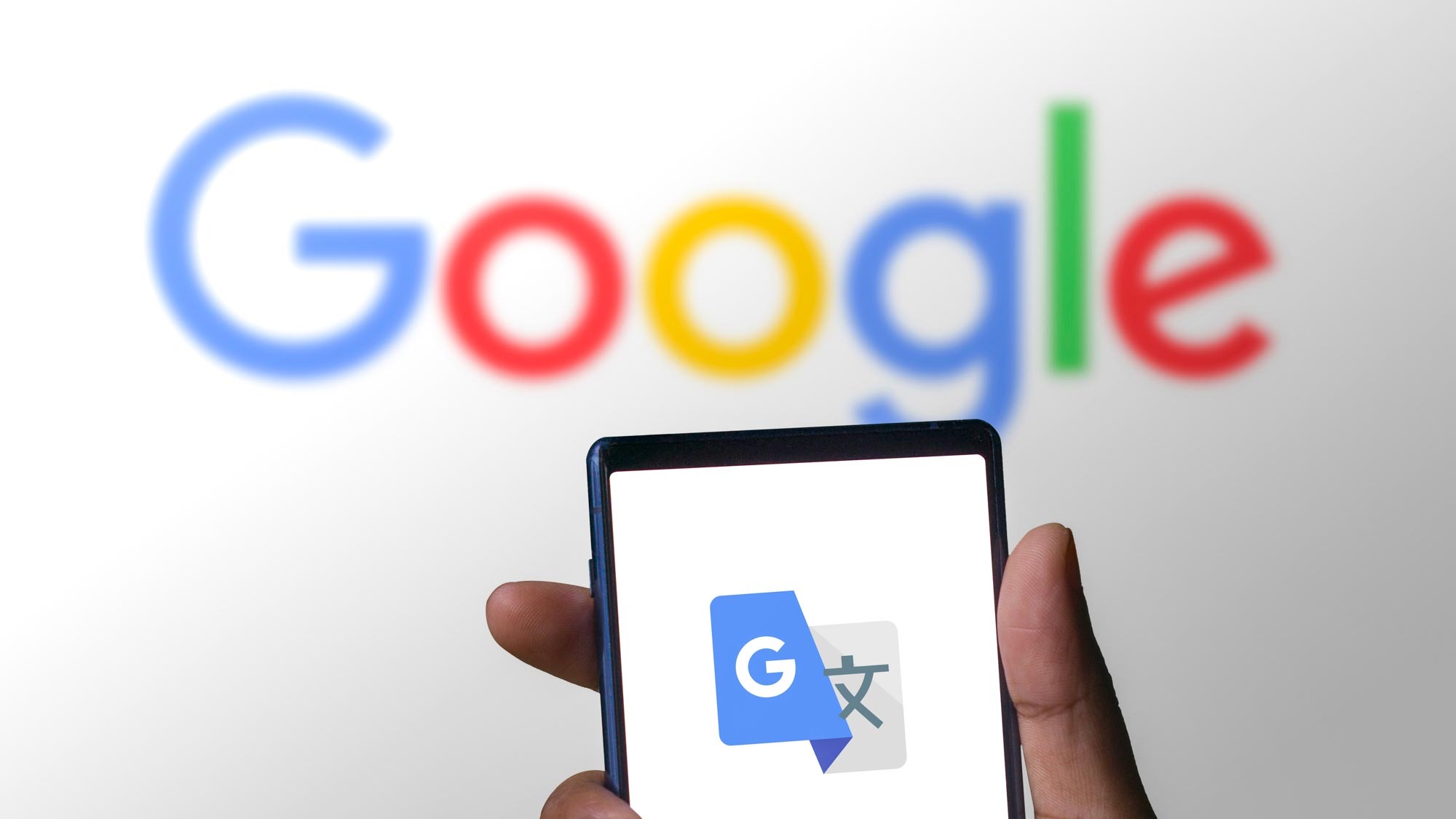I've got a big gripe with tablets — but the Pixel Tablet finally fixes it

It’s now been over a decade since the first iPad launched and even after all that time, even the best tablets remain the most divisive of all the gadgets you can buy.
Unlike our smartphones which we check countless times each day or the laptops and computers we rely on for getting work done, you don’t really need a tablet. Instead, they’re more of an optional accessory that’s nice to have, especially for people that want to open apps or watch videos on a larger display.
There is a big problem that tablet owners like myself constantly deal with though. As we use our phones almost 24/7, we rarely, if ever, forget to charge them. The same can’t be said for the best iPads or the best Samsung tablets. Just how many times have you picked up your tablet when you do want to use it, only to realize it isn’t charged?
While most of the best phones now support wireless charging, this isn’t the case with most tablets. This is kind of ironic though, as even if you do have to manually plug your phone in, you’re not going to forget to do so. Besides apps that aren’t optimized for larger screens, this is my biggest gripe with tablets. There was one tablet that launched this year that managed to solve this problem in the most elegant way possible though.
A tablet you can’t forget to charge
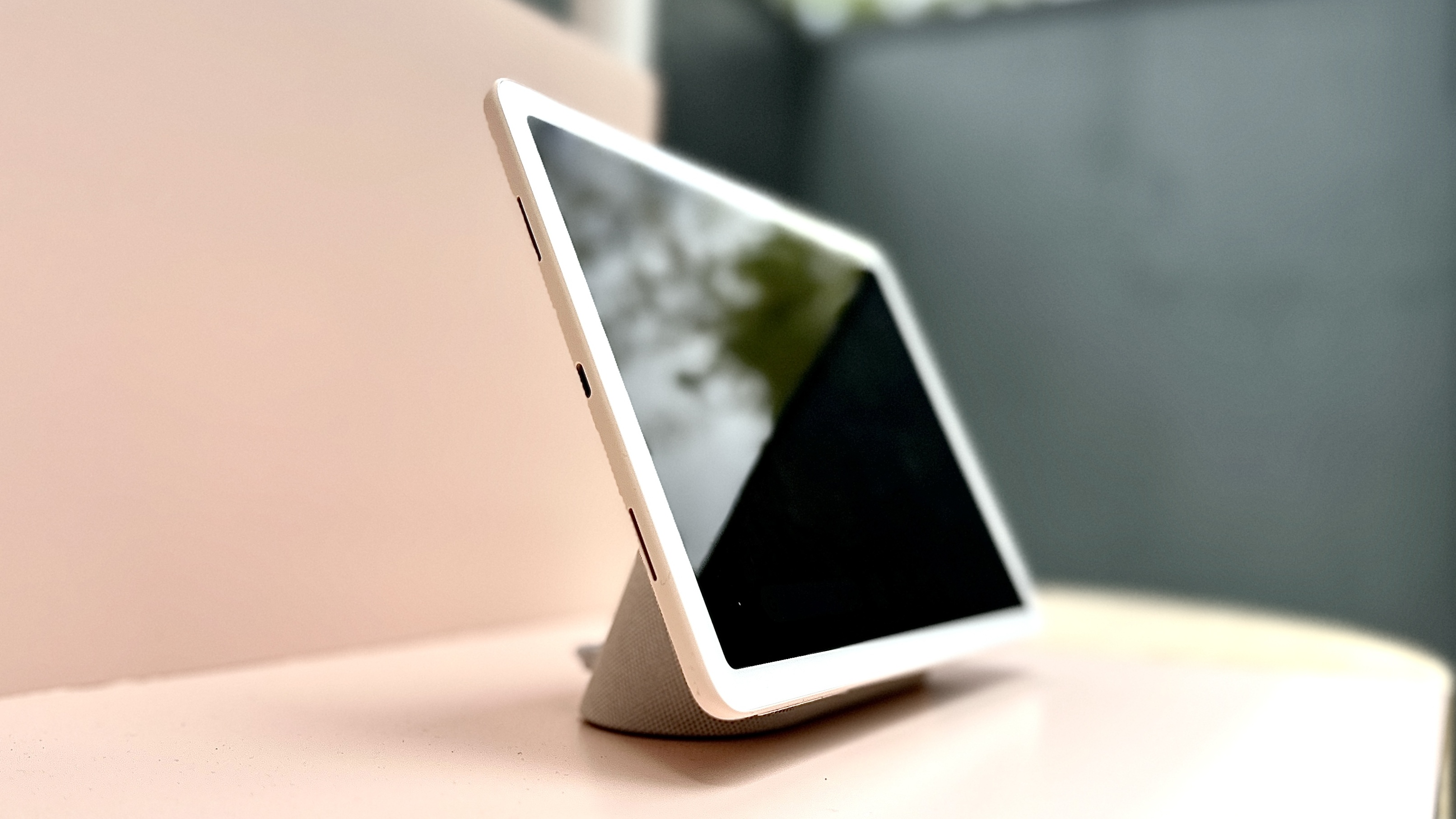
Earlier this year, I had a chance to go hands-on with the Pixel Tablet and while I didn’t realize it at the time, Google’s first Android tablet in years deserves a lot more credit than it got back when it launched in June. In our Pixel Tablet review for instance, we weren’t impressed with its average performance and for me personally, I just couldn’t come to terms with its launch price of $499. Fortunately though, thanks to holiday deals, you can now pick up the Pixel Tablet for $100 off its normal price.
Unlike other tablets where you need to buy all of the accessories after the fact, the Pixel Tablet ships with the best accessory for it right in the box. With the included charging stand, you don’t need to worry about having to plug it in. Instead, the back of the Pixel Tablet is magnetic as is the charging stand and you just place the tablet on it when you’re done using it.
I know it may sound like I’m making a big fuss over something simple but if you’re tired of always picking up a dead tablet, you’ll understand just how important having an accessory like this can be, especially when it doesn’t cost anything extra.
Get instant access to breaking news, the hottest reviews, great deals and helpful tips.
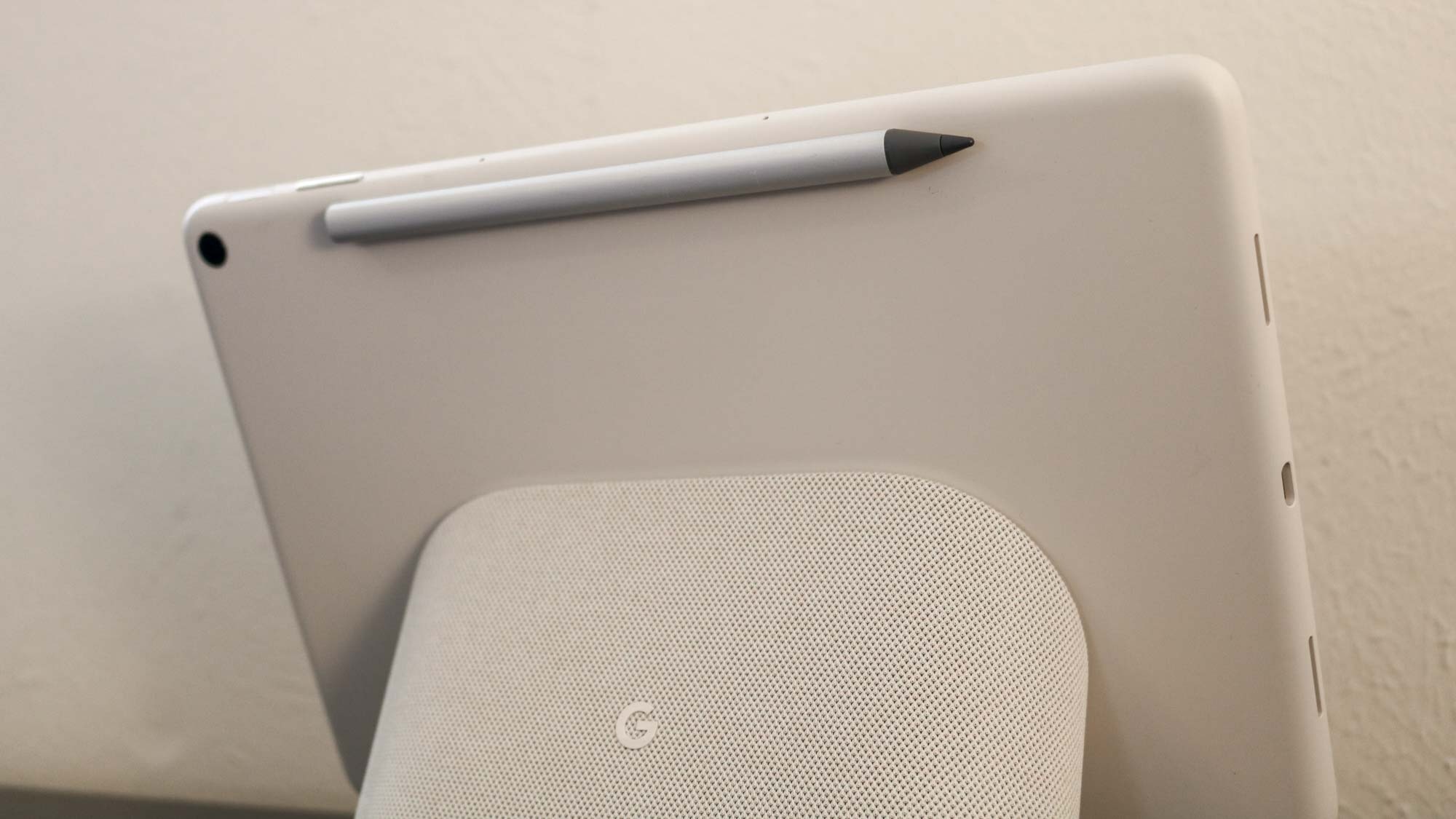
The Pixel Tablet’s charging dock has a few more tricks up its sleeve though. Not only does it boost the tablet’s audio capabilities but it also turns the device into a quasi smart display. However, without the Pixel Tablet, the dock can’t work like one of the best Google Home speakers or do anything else on its own.
I couldn’t see the tablet through the smart display
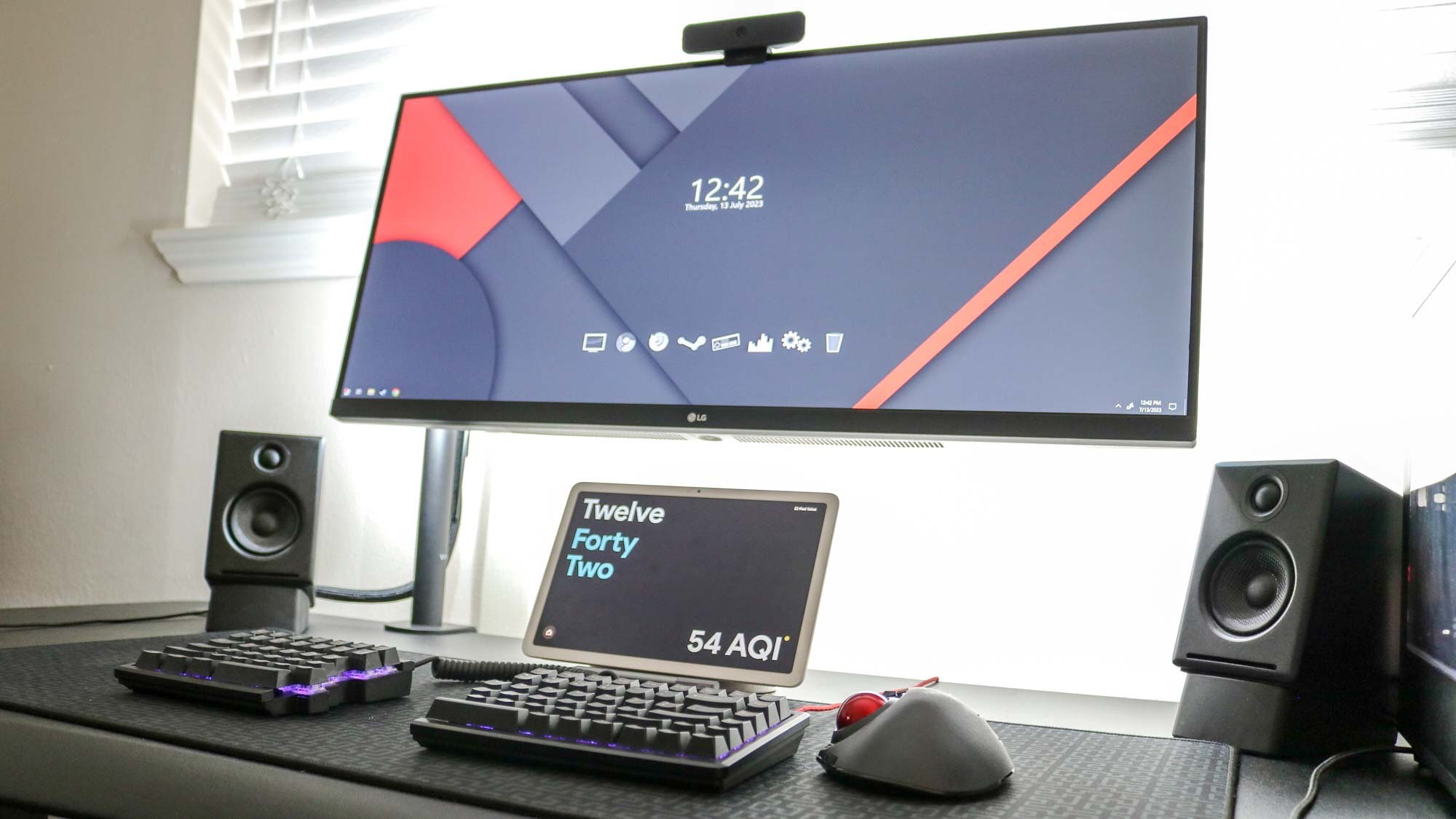
When the Pixel Tablet was first announced, I really thought it could replace the Nest Hub Max under my monitor. You see, I realized last year that I wasn’t fully utilizing all of the space under my ultrawide monitor which is why I decided to put one of the best smart displays there. I really liked this setup as it gave me a second screen where I could see quick, glanceable info or even check in on the feeds from my home security cameras.
In my initial testing though, the Pixel Tablet was more of a tablet than it was a smart display and as such, I wrote it off and picked up a budget Android tablet instead. That tablet came with its own problems and in the end, I decided to get the Lenovo P11 Gen 2. While I’ve been pleased with its performance and it did come with a case and detachable keyboard, I’ve been using it less often than I had hoped for. The reason — as you may have guessed — is that it’s never charged when I want to use it.
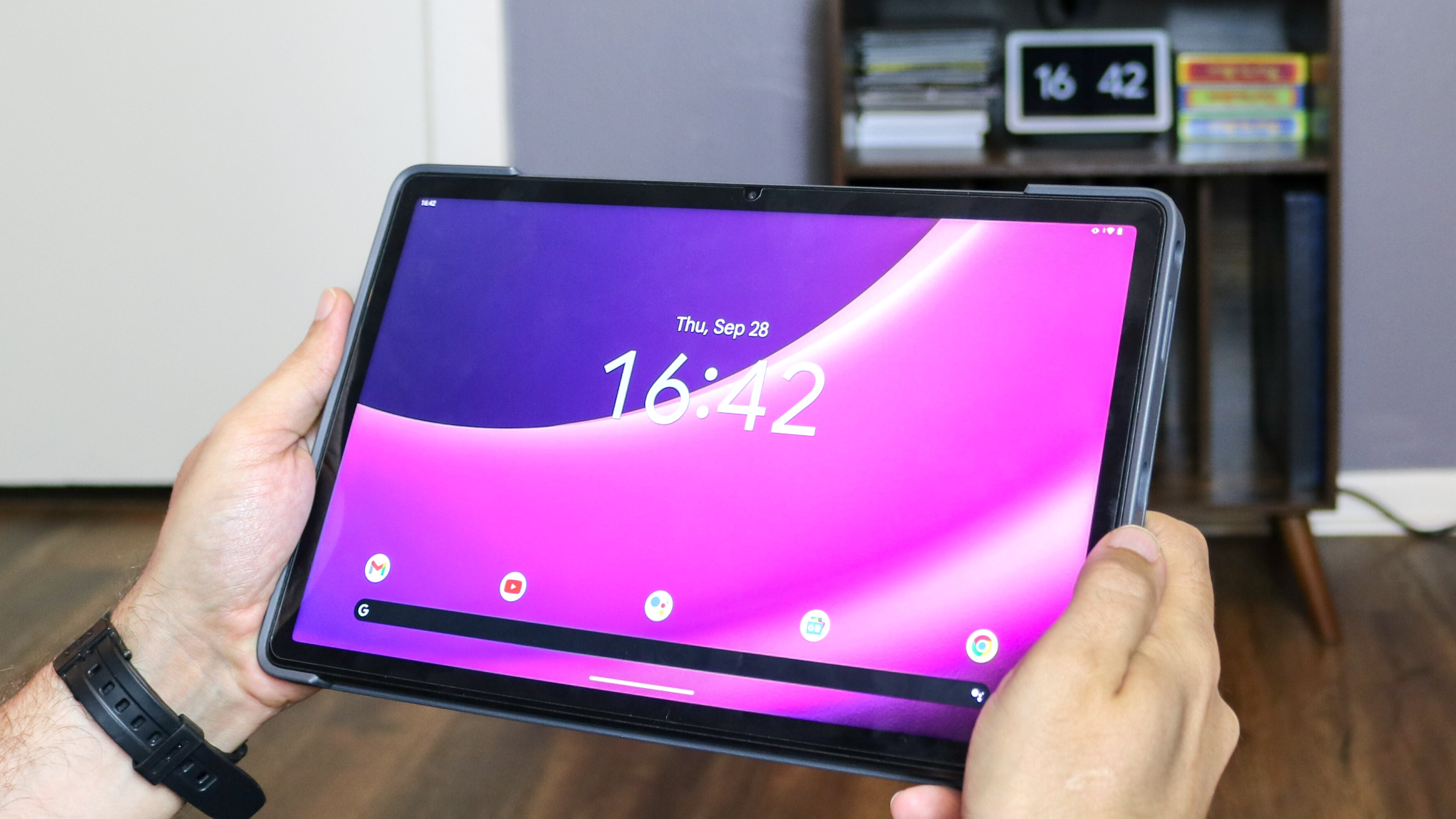
Although I paid a lot less for it than I would have if I had bought the Pixel Tablet, now I find myself wondering if a tablet with a charging dock might have been the better option. Sure, $499 is quite expensive for a secondary device but not having to worry about remembering to charge the Pixel Tablet could be enough to justify its higher cost.
Tablet buyer’s remorse is all too real

In contrast to the best laptops, tablets are much less expensive and due to that, it’s a lot easier to pick one up on a whim. As someone who has now tested out three different tablets in this year alone, I wouldn’t recommend going down that route.
If you are in the market for a tablet upgrade or maybe your first tablet, you want to think long and hard about how you’re going to use it before pulling the trigger. This way, you won’t end up with buyer’s remorse later on, once you’re no longer able to return your tablet. There are some good picks among the best cheap tablets if you just want a secondary device though. However, if you’re looking for a full-on laptop replacement, it’s worth spending a bit more to get the specs, screen size and accessories you really need.
While we haven’t heard anything about a Pixel Tablet 2 yet or even a smaller, cheaper Pixel Tablet Mini, I hope that Google doesn’t call it quits on the Pixel Tablet just yet. The device had a lot of promise before launch and I think if the search giant had initially released it at this lower $399 sale price, it could have really taken off. Likewise, if the Pixel Tablet was marketed as a tablet first and a smart display second with identical functionality as the Nest Hub or Nest Hub Max, smart home aficionados like myself would have been a lot more open to it. Only time will tell but for me personally, I could end up picking up a Pixel Tablet after all, especially if its price drops closer to $300 in the future.
More from Tom's Guide
- The Pixel Tablet is even better with a stylus and I found the best one
- I test tablets for a living — 3 I'd buy and 1 I'd skip
- Google Pixel Tablet just got a lot easier to repair — here's how

Anthony Spadafora is the managing editor for security and home office furniture at Tom’s Guide where he covers everything from data breaches to password managers and the best way to cover your whole home or business with Wi-Fi. He also reviews standing desks, office chairs and other home office accessories with a penchant for building desk setups. Before joining the team, Anthony wrote for ITProPortal while living in Korea and later for TechRadar Pro after moving back to the US. Based in Houston, Texas, when he’s not writing Anthony can be found tinkering with PCs and game consoles, managing cables and upgrading his smart home.
